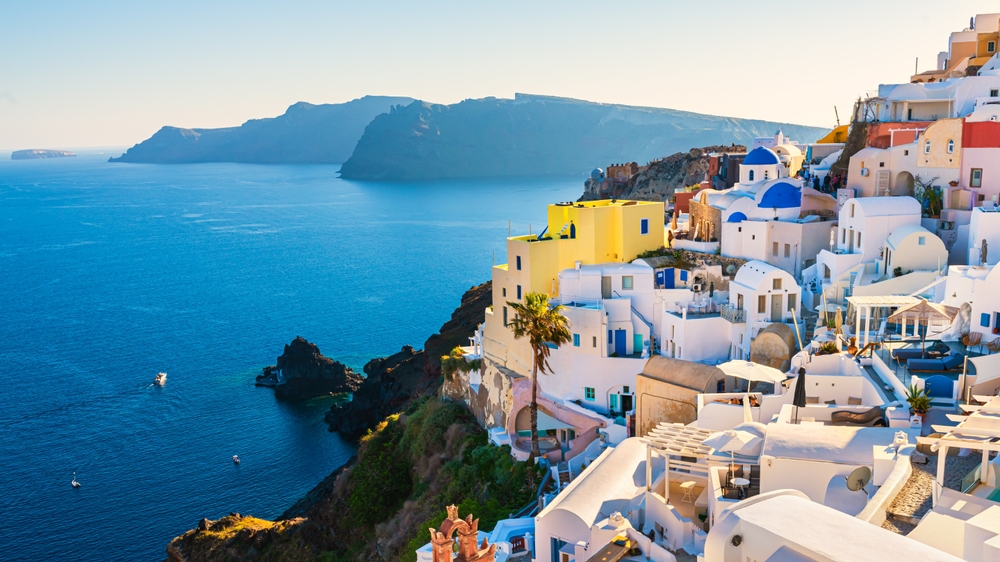The tourism sector faces many challenges, especially as travelers’ needs and expectations keep evolving. Improving infrastructure at tourist destinations—like roads, ports, and public spaces—is essential to keep up with demand. Climate change also has a direct impact, as shifts in weather patterns affect tourist seasons and preferences. Addressing these challenges takes coordinated effort from governments, local communities, and tourism businesses to ensure sustainable growth.
Some of the main issues include rising energy costs, which drive up operating expenses for hotels, transportation, and other tourism-related businesses. Environmental concerns mean reducing the ecological footprint and adapting to new regulations. Competition from both new and established destinations, locally and globally, keeps growing. Ensuring health and safety post-COVID-19 has also introduced new procedures and investments. Additionally, travelers are increasingly looking for authentic and sustainable experiences, which requires a shift in service offerings.
But with these challenges come great opportunities. Extending the tourism season is possible by creating new activities and promoting destinations year-round. New destinations can be highlighted with ongoing investment to develop areas and attractions. There’s room for growth by attracting high-end visitors through luxury and specialized services. Innovation and marketing, especially through digital channels and social media, allow us to reach new markets. European funding programs like NSRF and the Recovery and Resilience Fund can also provide essential resources for infrastructure, innovation, and sustainable growth.


